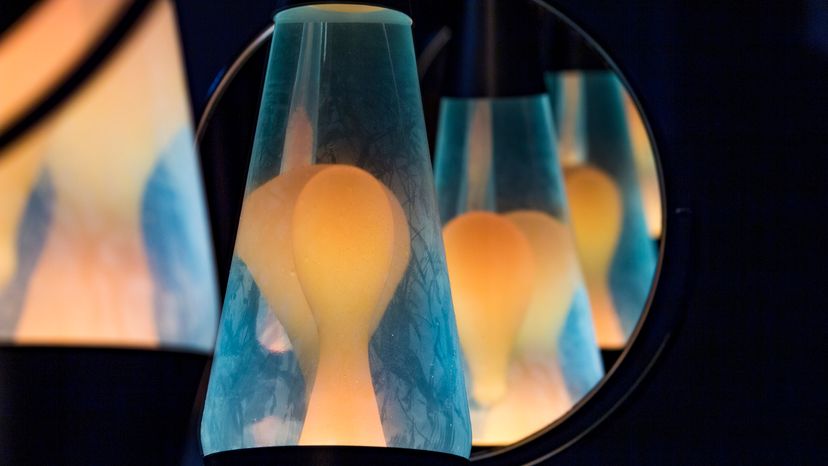You might think of them as "those funky liquid motion lamps from the '70s," but there's more to lava lamps than just being a psychedelic relic.
Two Liquids Tango
At the heart of every lava lamp are two essential players: two liquids that are very close in density and insoluble with each other. "Insoluble" sounds fancy, but it simply means they don't mix — like oil and water.
But here's the twist: While oil and water are the classic examples of liquids that refuse to blend, their densities are quite different. So, for a lava lamp to work its magic, you need two liquids that aren't just hesitant to mingle but also have densities that are nearly identical.
The Heat’s Role
In the world of lava lamps, the heat usually comes from a light bulb tucked at the bottom. This bulb does more than just shine; it warms the denser of the two liquids. As this liquid heats up, it expands and becomes lighter, prompting it to float to the top of the lamp.
Once at the top, the liquid cools down, becomes denser again, and gracefully sinks back down. This elegant "rise and fall" is why you see those captivating blobs of "lava" floating inside the lamp.
And because the density changes are subtle and heat dissipation is a slow process, this mesmerizing motion happens at a tranquil pace.
